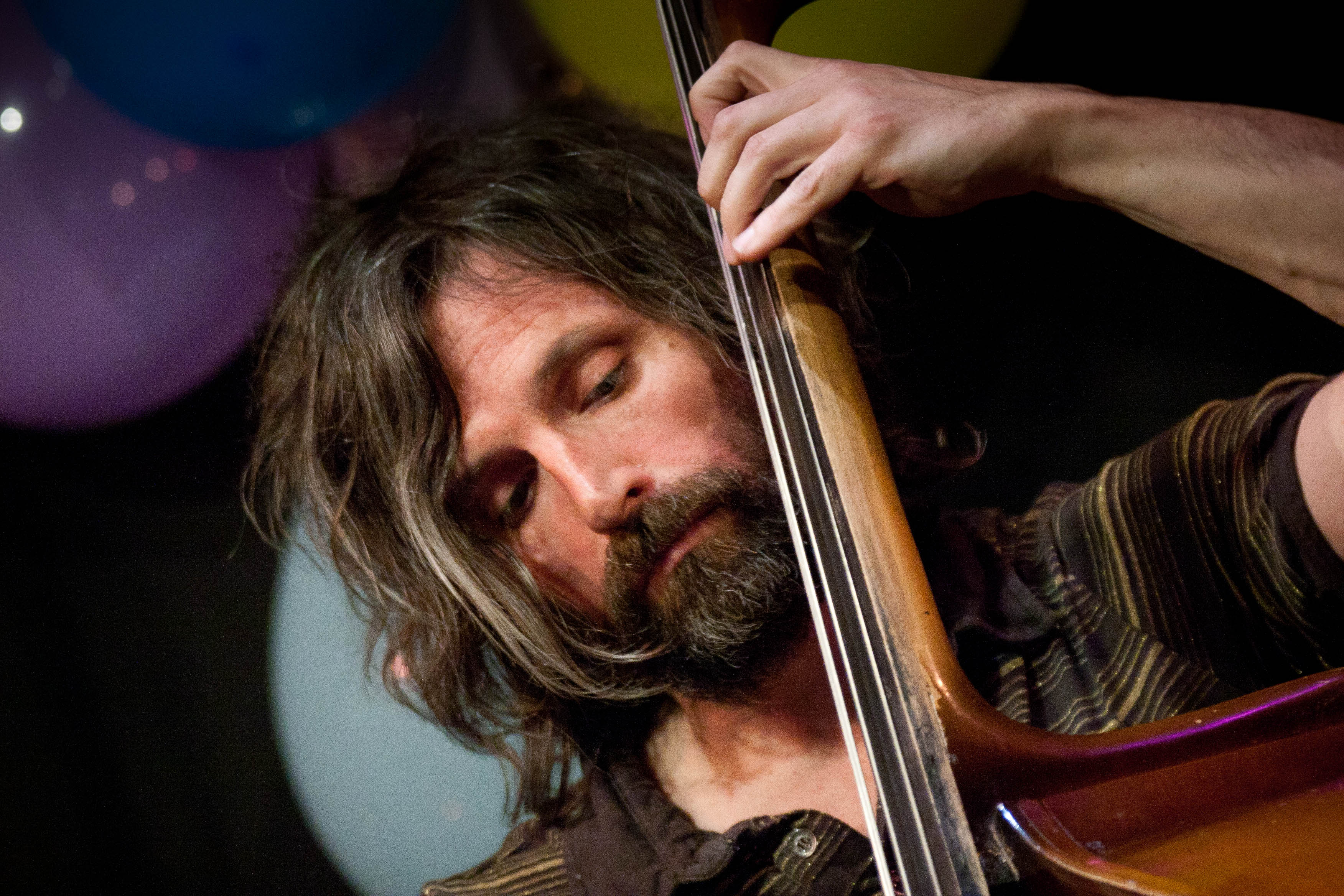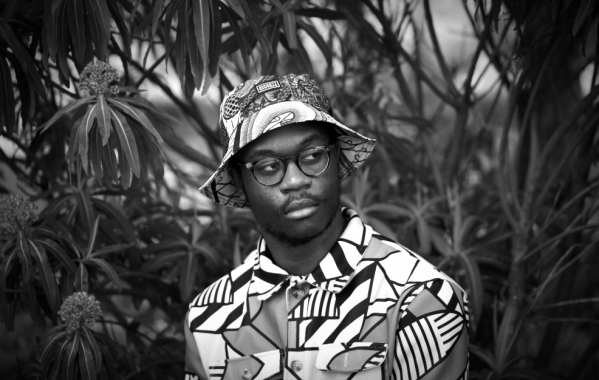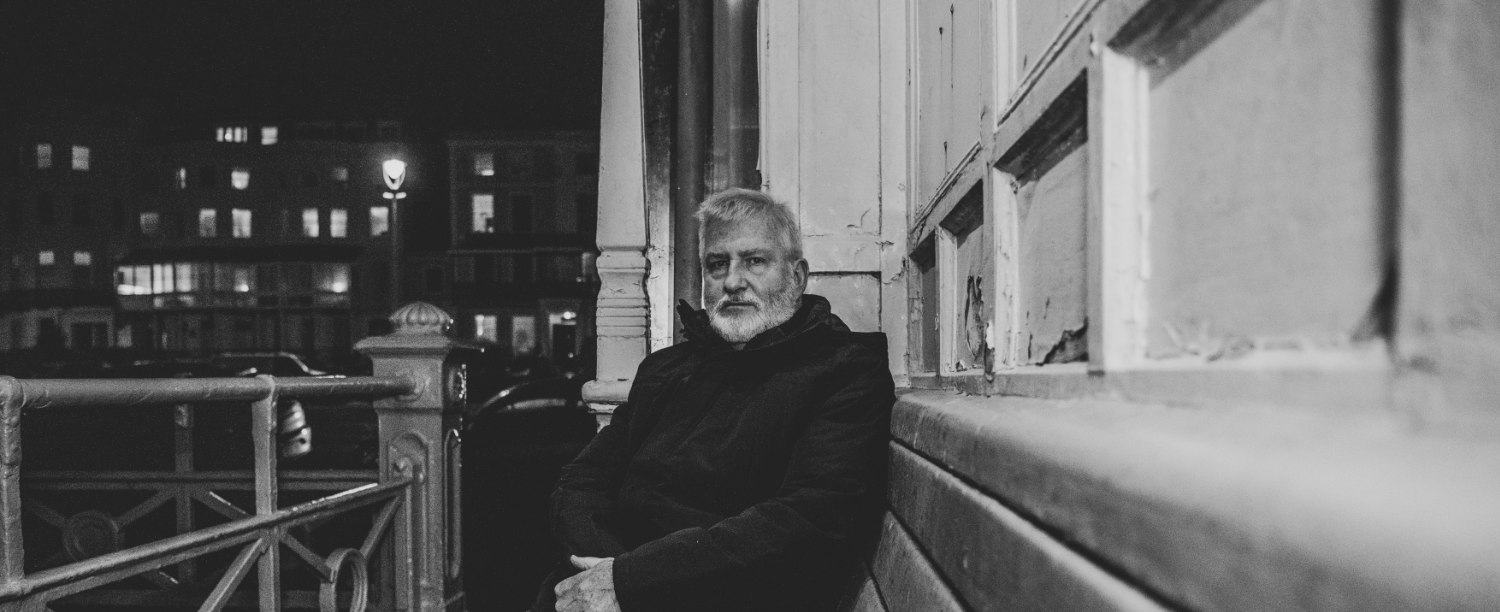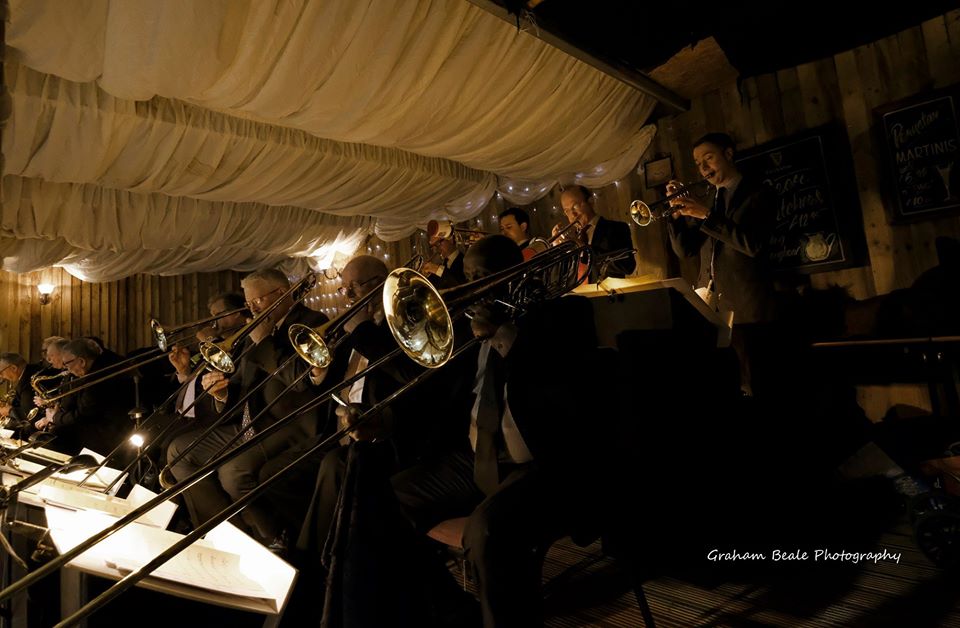The Column: Eddie Myer – What’s In A Name?

Love Supreme returned to Glynde Place this weekend for it’s second attempt at presenting a high-production greenfield festival programmed entirely with jazz-and -related-musics. One can only admire their courage. Glastonbury Festival introduced a Jazz Stage once upon a time, but that was long long ago in the distant 80s, when jazz and world music (of which more later) enjoyed a brief surge of commercial visibility. Since 2010 it’s been renamed ‘West Holts’. Now we hear that JazzFm have reduced their broadcasting to DAB in the London area only, while the venerable Jazz Services have just announced that they will cease to be a National Portfolio Organisation from 2015, effectively ending their existence as a subsidised body. You can sign a petition opposing this here. Neither of these unwelcome changes indicate a widespread media support for jazz, whatever people understand by the label. The greenfield festival market is a notoriously crowded and treacherous one, the jazz audience demographic not traditionally associated with the rigours of the campsite and the chemical toilet, and the very definition of jazz is the subject of furious and often ill-tempered debate. It’s this last issue that this article will attempt to address.
Last year’s Love Supreme attracted many glowing reviews, but complete unanimity of opinion is no more attainable or desirable in music than anywhere else. Journalist Daniel Spicer wrote a spectacularly splenetic article for The Wire in which he accused the event’s organisers of blasphemy, on the grounds that they were betraying the very spirit of jazz as epitomised by John Coltrane. Spicer at least nailed his colours to the mast – for him, jazz means “ the walls of Jericho thunder of hard bop, the deep trance dream of modal jazz or even the superhuman sports jams of fusion”. As all these musical forms were abundantly represented at Love Supreme, it is apparent that Spicer didn’t actually attend the festival himself or speak to anyone who did before penning his attack, but no matter – his particular ire was reserved for the headliners, Jools Holland and Bryan Ferry, because they weren’t jazz enough for his liking, though he also seemed irritated by his own assumption that the festival’s clientele would be entirely middle class, which is a curious attitude for a contributor to The Wire, not a publication noted for it’s demotic appeal.
Are the Jools Holland Orchestra jazz? Is Bryan Ferry, even in an incarnation assisted by Alan Barnes and the Cole Porter songbook? Or is the spirit of jazz best epitomised by “a mindblowing double bill of The Anthony Braxton Quintet followed by Cecil Taylor, Bill Dixon and Tony Oxley” at the Festival Hall, which is Daniel Spicer’s notion of what it should be? Many people have the definite notion that the word “jazz” means something, and that must include you or you wouldn’t be reading this magazine. And it’s certainly easier to agree on what it’s not – it would be perverse to insist that Metallica were a jazz act, though they do feature solo improvisations, polyrhythms and natty facial hair. However, as fast as you may try to define key attributes of jazz- like swing time, conscious awareness of the tradition, saxophones, blues licks and harmony, syncopation- you become inconveniently aware that there are artists and performances that incorporate none of these elements yet still are classed as jazz. How can a single genre include Hiromi, Evan Parker and Ken Peplowski and still hold together in any meaningful way? Then there’s a whole political dimension as to what does or does not qualify, somewhat beyond the scope of this piece, though interested readers are directed to wrathful trumpet maestro Nicholas Peyton’s “Why Jazz Isn’t Hip Any More” series on his blog as a starting point. Peyton would like us to refer to his chosen metier as ‘Post-Modern New Orleans Music”, and we can only wish him luck with this ambition.
To the music commissioner for an advertising firm trawling through library music catalogues, ‘jazz’ has definite but limited connotations, which most would understand, probably best epitomised by Miles’ Kind Of Blue – abstract, mellow, cool, saxophones, ride cymbals and pianos, well suited to selling premium products. To the indie-rock purist, ‘jazz’ just means the enemy – a byword for aggravating, elitist musical self-indulgence. To an older generation, ‘jazz’ meant dance music, and to a still older one, a crude and vulgar form with a dangerously anarchic undercurrent. To Wire readers, ‘jazz’ implies a questing, challenging musical form divorced from the pressures of commercial conformity, but to JazzFm it implies a slick, conservative sound implying a lifestyle probably out of reach of many of its actual practitioners. Let’s see if the dictionaries can help; the OED declares it to be “a type of music of black American origin characterized by improvisation, syncopation, and usually a regular or forceful rhythm, emerging at the beginning of the 20th century” and Webster’s seems to go along, pronouncing it, with an old-time charm, to be “American music developed especially from ragtime and blues and characterized by propulsive syncopated rhythms, polyphonic ensemble playing, varying degrees of improvisation, and often deliberate distortions of pitch and timbre”, though in its more slapdash moments it simply alleges that it’s “a type of American music with lively rhythms and melodies that are often made up by musicians as they play”. Macmillan feebly offers that it’s “a type of music that developed in the late 19th century in which there is a strong lively beat and the players often improvise”, and provides a laughable musical link to back up it’s claim. Collins falls into step by providing that it’s “a kind of music of African-American origin, characterized by syncopated rhythms, solo and group improvisation, and a variety of harmonic idioms and instrumental techniques”, but goes on to admit that “it exists in a number of styles” which one may feel is the least it could say.
It’s pretty well established that there can be demonstrated to be a distinct, apostolic tradition of jazz music, deriving from those early African-American musicians of the New Orleans days that continue to excite people as diverse as Acker Bilk and Nicholas Peyton, and that any music that is created with some kind of awareness of that tradition, however much the musicians themselves may attempt to deny it, can be classed as a part of jazz. A Barry Guy record typically shares more elements with Penderecki than it does with Paul Chambers, while Dave Holland’s Prism may sound closer to prog. rock than Prez, and the Neil Cowley Trio sound as close to his previous employer Adele as they do to Ahmad Jamal. All three can be identified as belonging to the jazz tradition, in part because of the history of the people playing, and the kind of music they have listened to and absorbed. And all three demonstrate how creative artists can use the freedom implicit in any understanding of jazz to push and pull the form into a variety of new shapes. There’s room for all of this, as there is for the classic format of acoustic quartets playing swinging versions of the Great American Songbook. In its classic period in the middle of the 20th century, jazz was a populist, commercial enterprise; it now extends into the farthest, most forbidding reaches of Art Music. It’s all valid. Those who see their favoured version of jazz as the only true one, and everything else as a distortion or dilution, should lighten up. The greatest jazz musicians always kept open ears and minds. We don’t have to dig it all equally, but we should recognise that in this era of funding cuts the music we love has to adapt and expand to survive.


